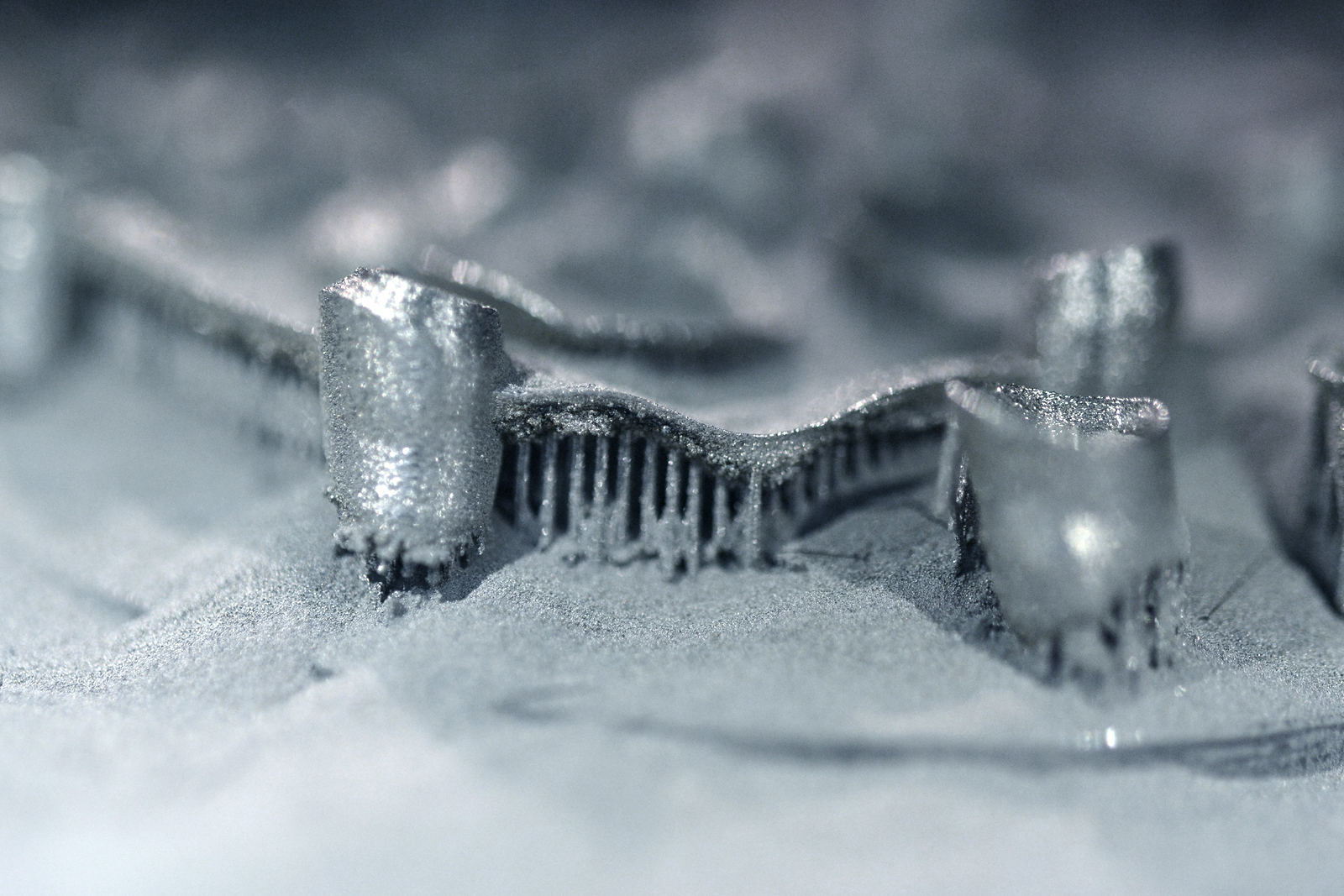In the last few years, 3D printing has experienced a real turning point with additive metal printing. Customized manufactured parts, light weight, reduction of costs and lead times are among the factors that have led aerospace participants to get into 3D metal printing by taking on partnerships with specialists in the field.
Evolution of 3D metal printing
The very beginnings of 3D metal printing date back to the 1970s with powder bed fusion, followed by Stratoconception – a process combining machining (removal of material) and additive manufacturing – then cold spraying of metal powder or magnetic manipulation. It was not until 1995 that the first patents were filed and, a few years later, the first 3D metal printing machines were on the market. A great variety of metals are used. While gallium and cobalt-chrome are more common for medical applications, aluminum – which combines lightness with strength – is used more often in aerospace. Since 2015, this sector has become aware of the tremendous possibilities for development that 3D metal printing and its countless advantages offer, beginning with accuracy, zero waste, strength and shortened lead times. The Gartner research and consulting firm has estimated that 75% of aircraft, both military and commercial, will be partially equipped with 3D printed parts by 2021. In terms of hard currency, this is expected to represent $9.3 billion over the next decade, according to Smartech Publishing, which has already assessed a 20% growth in 2017 ($1.15 billion) compared to 2016 ($950 million).
From the cockpit to the engine
Many manufacturers are creating 3D divisions or entering into partnerships with 3D metal printing specialists in order to benefit from its many advantages, such as the Michelin and Fives companies that have created a production unit in Clermont-Ferrand (France) that specializes in this technology. Competition is fierce between engine manufacturers. Pratt & Whitney has designed an aircraft engine in which 12 parts (including fuel galleries, injection nozzles and mounts) have been manufactured using additive methods. The results are conclusive: a design phase 15 months shorter and an engine with half the weight. As for Safran, which specializes in engine design, the company puts the emphasis on improving production costs and performance by using 3D metal printing. Finally, GE Additive has launched production of the Catalyst engine (for Cessna propeller aircraft) of which a third will be manufactured using additive methods. In addition to the engine, 3D metal printing is used a lot in production of aircraft seats – weight of 766 gr at Autodesk (half as much as a conventional structure) – and cabin interiors – as demonstrated by the new partnership between the United Arab Emirates’ airline Etihad Airways and EOS, a 3D printing specialist, or in fighter aircraft design (the British company BAE Systems) or for drones, such as the Perdrix drones for the US Army.
The major aerospace players have been using 3D metal part design for several years in their aircraft. However, the market is far from mature, especially due to the speed with which technological advances are developed, which slows companies’ investments in a product that will become obsolete too quickly.
